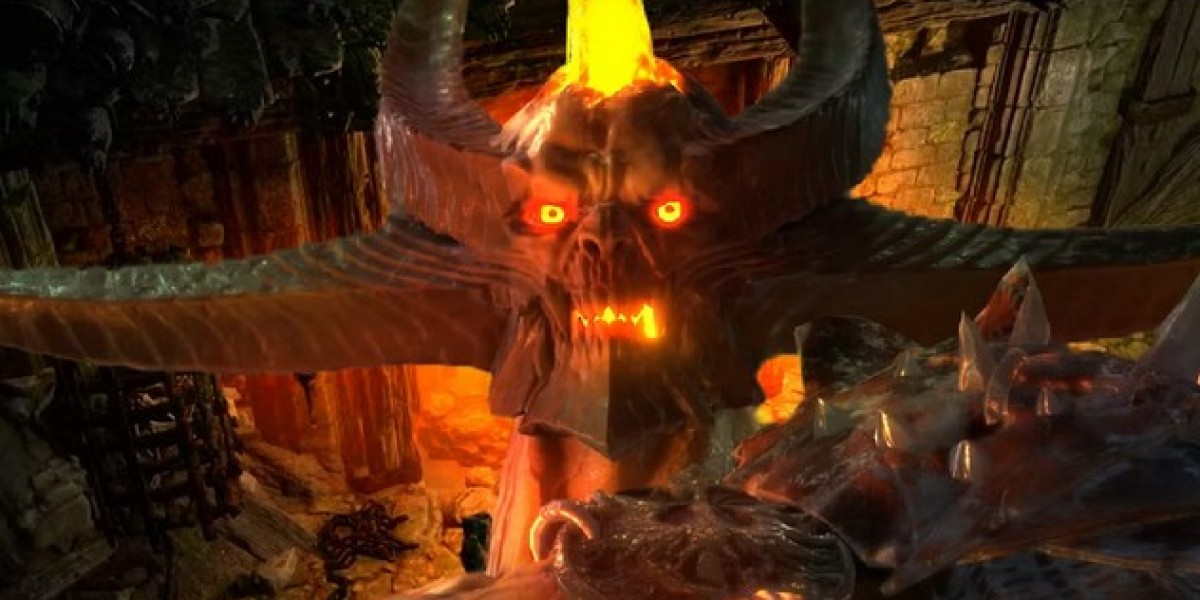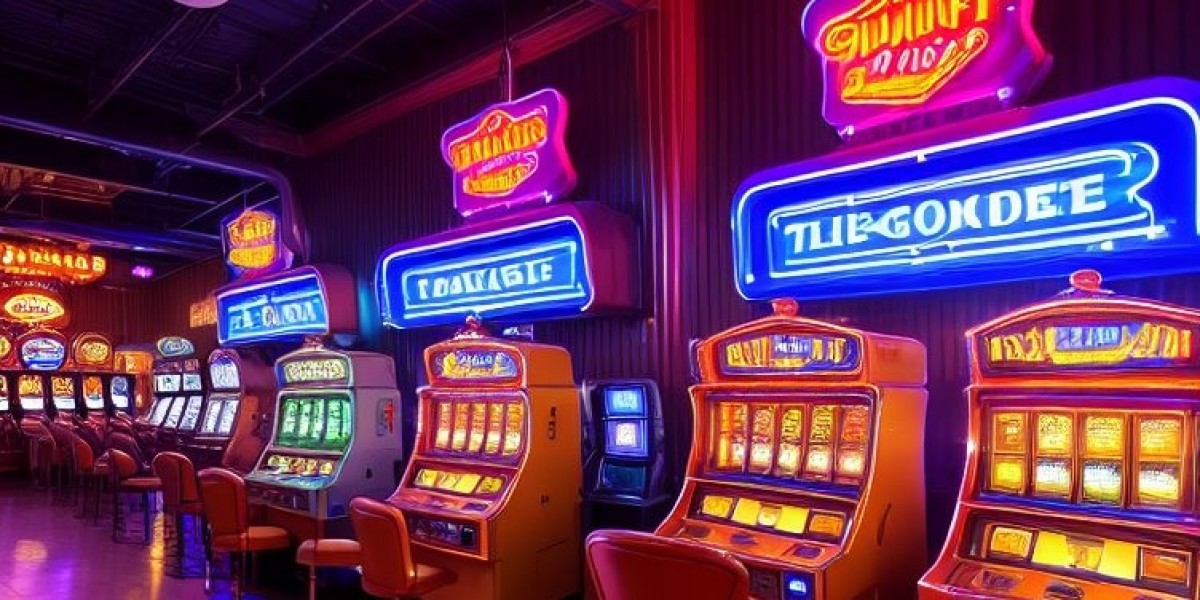When Diablo 4 launched in June 2023, it was hailed as a return to the dark, gothic roots of the franchise. Players reveled in the haunting atmosphere of Sanctuary, the brutal combat, and the endless possibilities for building their characters. But like any live-service game, Diablo 4 has been an evolving experience. Each season has brought a mix of excitement, frustration, and incremental improvements. Now, with Season 10 launching on September 23, the game feels like it’s at a crossroads—both in terms of addressing long-standing player complaints and charting the course for the franchise’s future.
Season 10 introduces several critical quality-of-life changes, game balance adjustments, and a brand-new Unique item category that promises to shake up build diversity. But it also carries symbolic weight: it’s the first season without Rod Fergusson, the veteran franchise lead, and the first since Blizzard’s D4 materials team voted to unionize. This article dives into everything players need to know about Season 10, the changes it brings, and what the future holds for Diablo 4.
The Necromancer Fix: No More Minion Wipeouts
For Necromancer mains, Season 10 will be remembered as a watershed moment. One of the most frustrating aspects of the class since launch has been its dependency on corpses and resummoning mechanics.
Previously, whenever a Necromancer died, all of their skeletal warriors, mages, and golems would be lost. That meant starting fresh upon revival, forcing players into a tedious ramp-up period of rebuilding their army. In most scenarios, this was an annoyance. But in boss battles, where corpses were scarce, it could be devastating. Players would often be forced to leave the arena, hunt down enemies in the open world, and painstakingly resummon minions before returning to the fight. It was immersion-breaking, frustrating, and inefficient.
Season 10 eliminates this problem entirely. Necromancers no longer need to resummon their minions after death. The change not only saves time but also levels the playing field with other classes. Barbarians don’t need to rebuild their shouts or weapons after dying, and Sorcerers don’t lose their spells. Now Necromancers can re-enter battle without feeling like they’ve lost half their kit.
The decision reflects Blizzard’s growing attentiveness to player feedback, especially from communities that have stuck with Diablo 4 despite frustrations. For Necromancer players, this update alone could make Season 10 feel transformative.
Breaking Boss Immunity: From Frustration to Flow
Another major change coming in Season 10 involves boss immunity phases. These were moments during a fight when bosses would become completely invulnerable, typically to trigger a new phase of attacks or environmental hazards. While immunity phases have been a staple of modern action RPG design, in Diablo 4 they quickly became a source of irritation.
Players felt that immunity phases interrupted the flow of combat. Imagine building momentum, stacking damage, and then suddenly being forced to stop and wait while a boss hides behind scripted mechanics. It wasn’t just frustrating—it also felt unfair for high-level players who had built characters specifically to melt bosses in seconds.
Season 10 removes these immunity windows and replaces them with shield mechanics. Bosses will now raise barriers that can be brute-forced through with enough damage. This change strikes a balance: bosses can still escalate their difficulty and introduce mechanics without completely halting player progress. Stronger characters will be rewarded for their power by tearing down shields faster, while less optimized builds will still need to engage with mechanics.
This update aligns with a broader design philosophy: don’t punish players for being powerful. If someone has grinded for hours to maximize their damage output, the game should let them feel the reward of blasting through obstacles instead of artificially slowing them down.
Enter Chaos Armor: A New Era for Uniques
Diablo 4’s loot system has been a constant point of debate. While the game features a wealth of Uniques—special items that enable new playstyles—many players feel that build diversity is too constrained. Too often, one or two “best in slot” options dominate each class, leaving most other items collecting dust in stash tabs.
Season 10 aims to breathe new life into the system with the introduction of Chaos Armor, a new category of Unique item. While Blizzard hasn’t revealed all the details yet, early previews suggest that Chaos Armor will add unpredictable, build-altering effects designed to encourage experimentation.
For example, imagine a Chaos Armor piece that trades survivability for massive offensive bonuses, or one that transforms an underutilized skill into a powerhouse ability. By design, Chaos Armor will shake up the meta, opening up possibilities for offbeat builds and challenging the dominance of cookie-cutter strategies.
If implemented well, Chaos Armor could solve one of Diablo 4’s biggest problems: the lack of meaningful build variety. By giving players more tools to experiment, Season 10 could become a creative playground for theorycrafters and casual adventurers alike.
A Season of Transition
Beyond the gameplay updates, Season 10 arrives at a critical juncture for Blizzard and the Diablo franchise.
First, it marks the departure of Rod Fergusson, who served as the face of the Diablo team since 2018. Fergusson played a pivotal role in guiding Diablo 4 through development, launch, and its earliest seasons. His move to Cloud Chamber, the studio behind BioShock 4, leaves a leadership vacuum. While the core development team remains intact, many fans are curious—and perhaps nervous—about how the game’s vision will evolve without Fergusson’s steady hand.
Second, Season 10 is the first update since the Diablo 4 team voted to unionize. This move could reshape not just working conditions but also how the team interacts with players and responds to feedback. Unionization often empowers developers to advocate for more sustainable production cycles, which could translate into higher-quality updates and fewer crunch-driven patches. Players who have long criticized Blizzard for inconsistent communication and rushed fixes may see positive changes emerge over the next year.
Looking to the Future: Expansion and Beyond
While Season 10 introduces meaningful updates, many players are already looking further down the road. Blizzard recently hosted a private event for content creators, hinting at major upcoming changes that address the most persistent player complaints. The specifics remain under wraps, but the message is clear: Blizzard knows that Diablo 4 needs more than incremental seasonal updates to thrive long-term.
The next big milestone will be Diablo 4’s second expansion, slated for release in 2026. Given that the first expansion, Vessel of Hatred, is expected to arrive in 2025, Season 10 sits in a transitional phase—laying the groundwork for a more ambitious vision of Diablo 4’s future.
Players can likely expect reworks to core systems like loot progression, class balance, and endgame structure. The introduction of Chaos Armor suggests Blizzard is testing the waters for radical itemization changes, which could carry over into expansions. Similarly, the removal of boss immunity phases signals a shift toward more player-empowering combat mechanics.
Community Reception: Cautious Optimism
As with any live-service game, the Diablo community is divided. Hardcore fans see Season 10 as a step in the right direction, especially for long-suffering Necromancer players. Casual players are excited about Chaos Armor and streamlined boss fights.
But skepticism remains. Many players argue that quality-of-life improvements, while welcome, don’t address deeper concerns about the game’s endgame grind, repetitive content loops, and lack of meaningful social systems. For these players, Season 10 is a bandage, not a cure.
Still, cautious optimism seems to be the prevailing sentiment. If nothing else, Season 10 proves that Blizzard is listening. The fixes to Necromancer minions and boss immunity phases directly reflect player complaints voiced for over a year. And while not every problem has been solved, the willingness to adapt gives fans hope that bigger systemic changes are on the horizon.
Conclusion: Season 10 as a Defining Moment
Diablo 4 Season 10 may not reinvent Sanctuary, but it does mark a turning point. By addressing long-standing frustrations like Necromancer resummoning and boss immunity phases, Blizzard is smoothing out some of the roughest edges of the game. The introduction of Chaos Armor shows a willingness to experiment with build diversity, while the backdrop of leadership changes and unionization sets the stage for a new era of development.
For Necromancer mains, it’s a season of long-overdue relief. For boss rushers, it’s a chance to flex power without artificial interruptions. For theorycrafters, it’s an opportunity to dive into uncharted build territory.
And for the community at large, Season 10 is a reminder that diablo 4 duriel mats is still evolving. The road to 2026 and the next expansion may be long, but if Season 10 is any indication, Blizzard is finally moving in the right direction.








